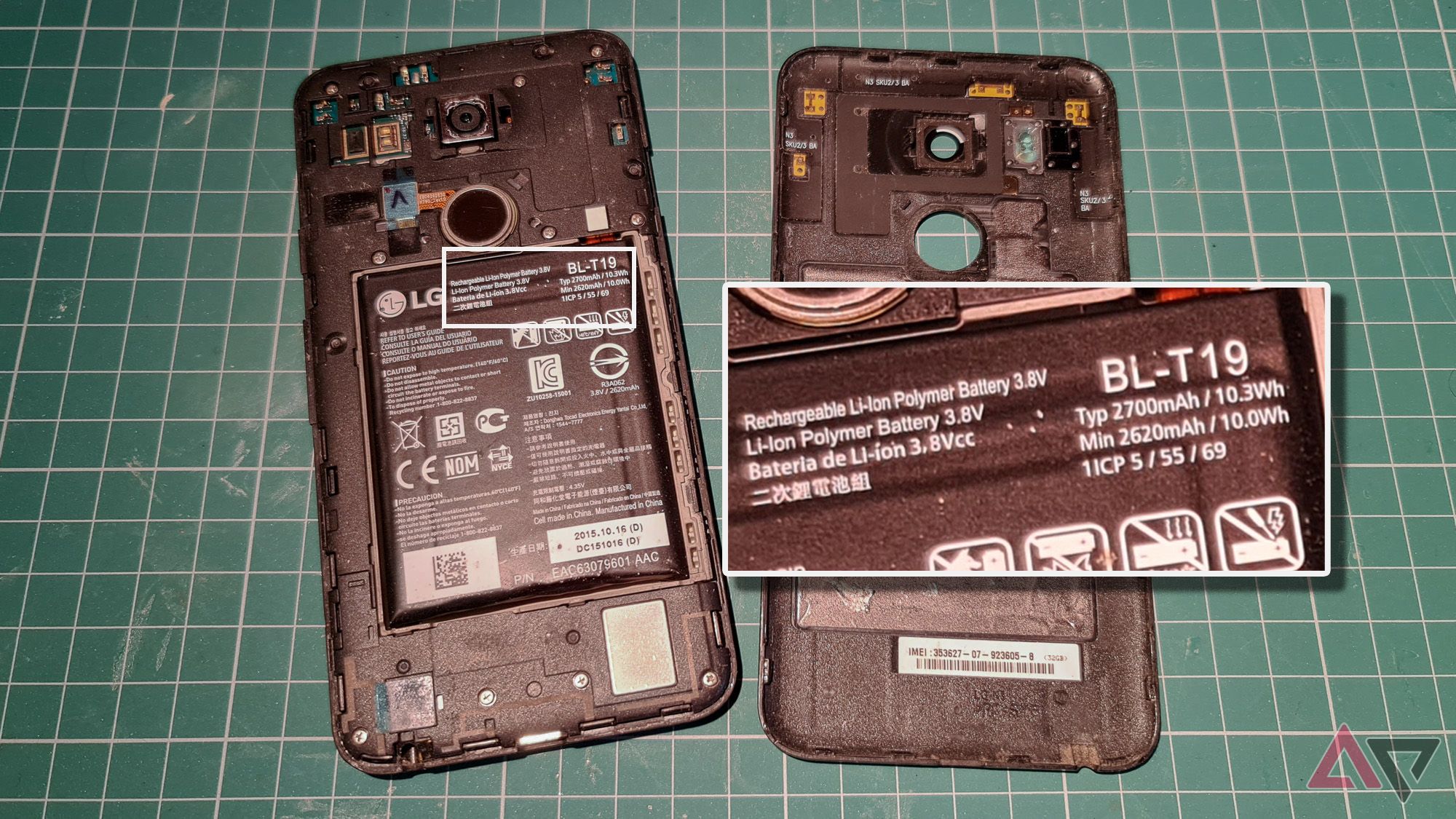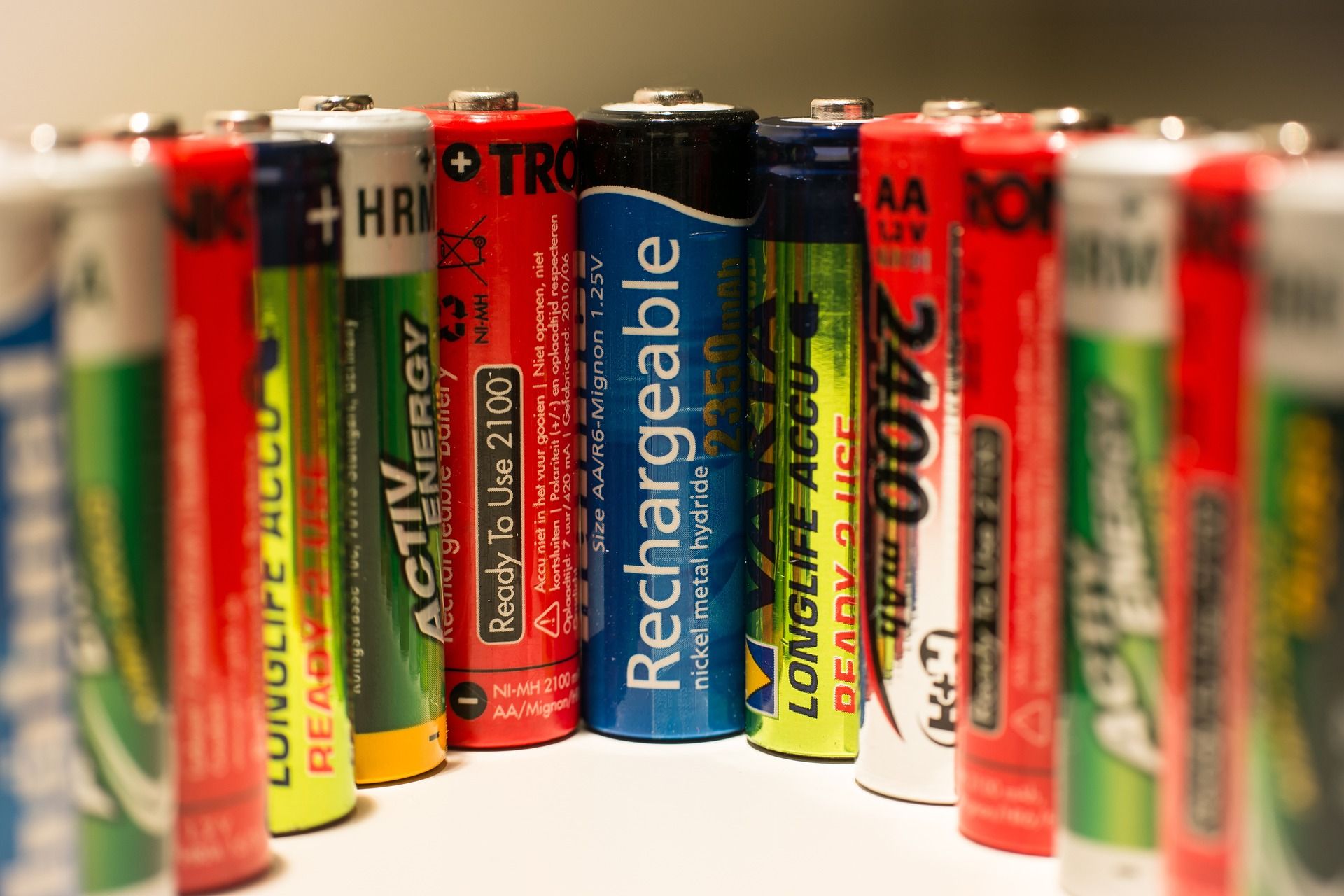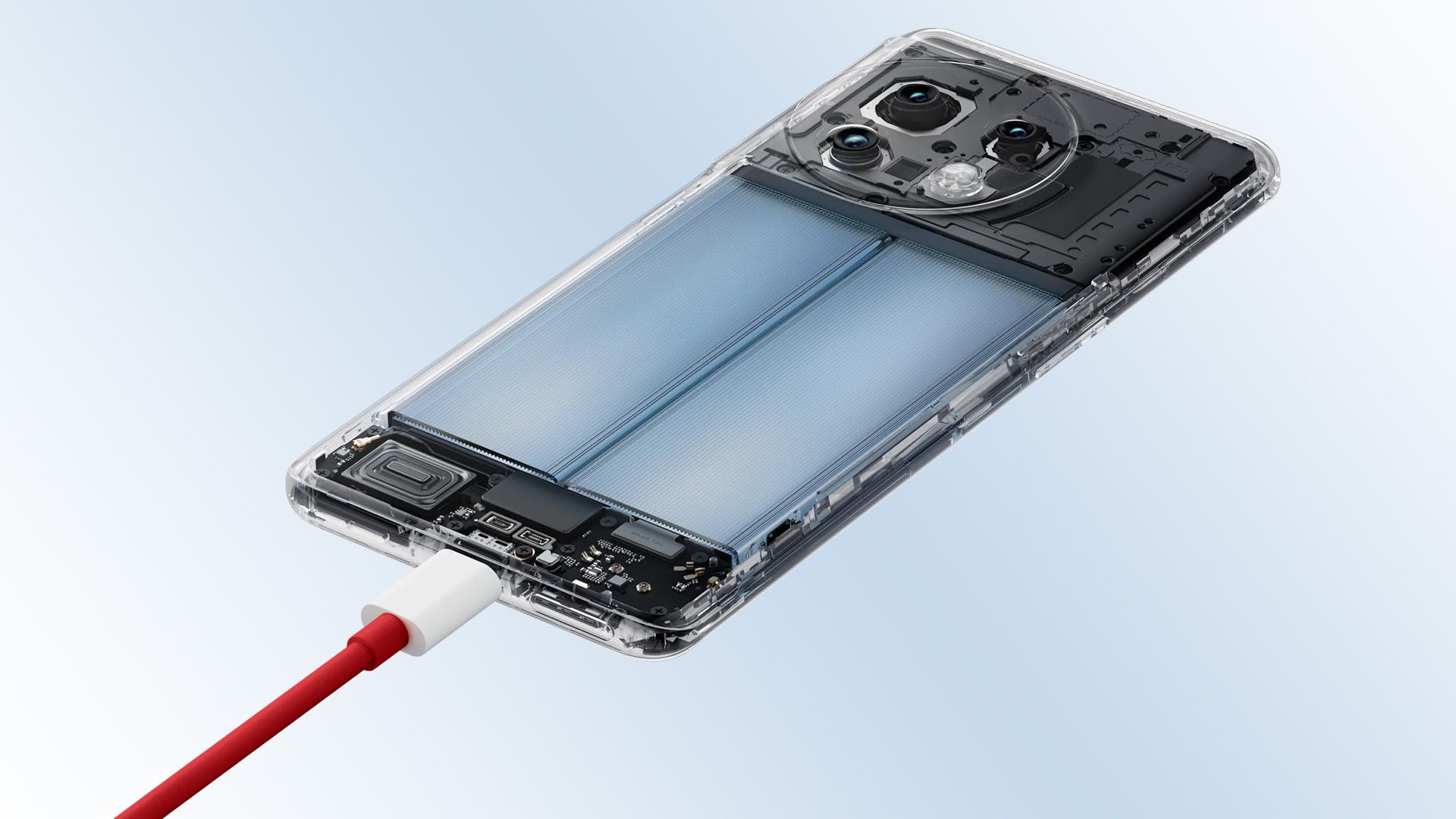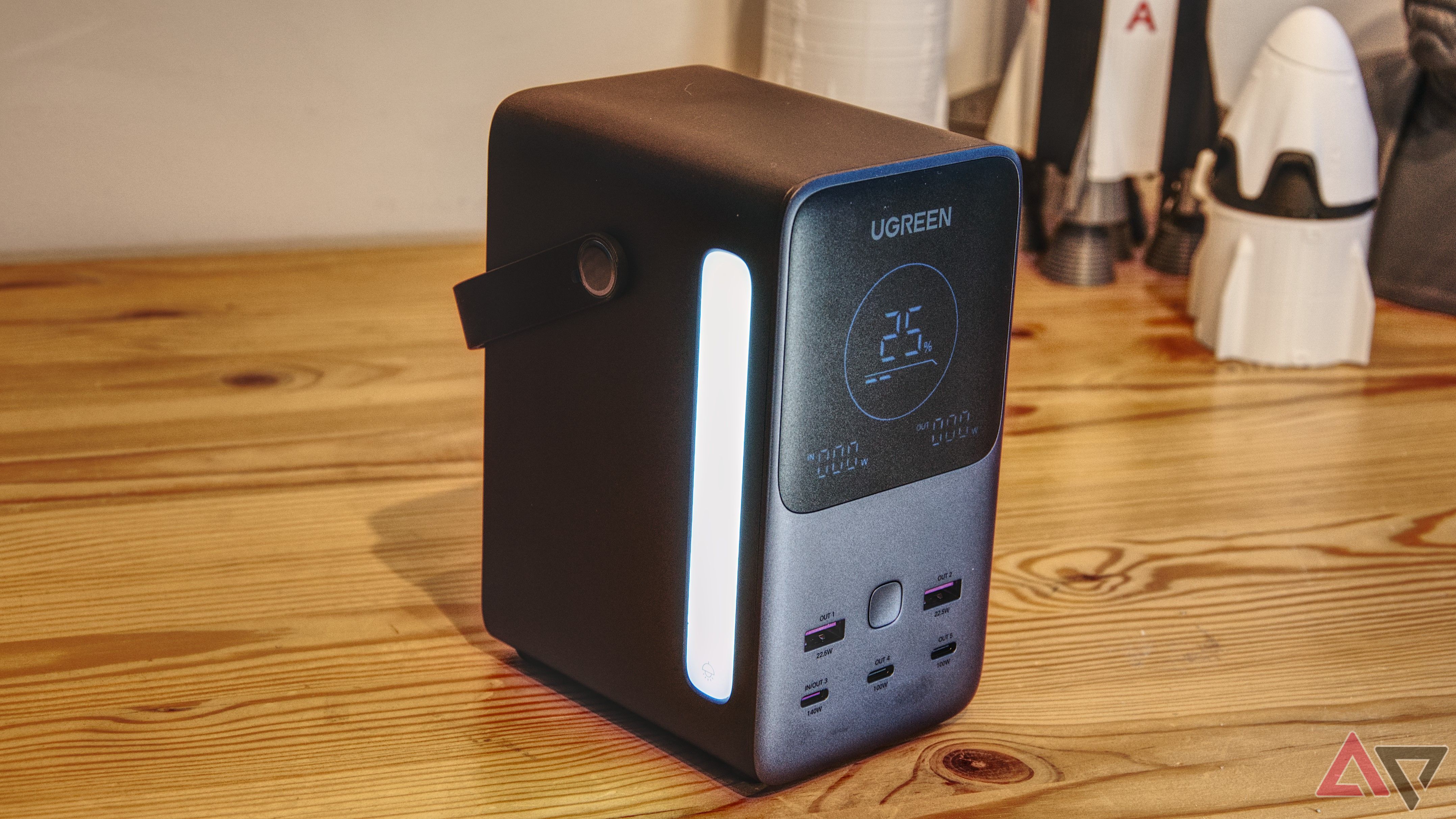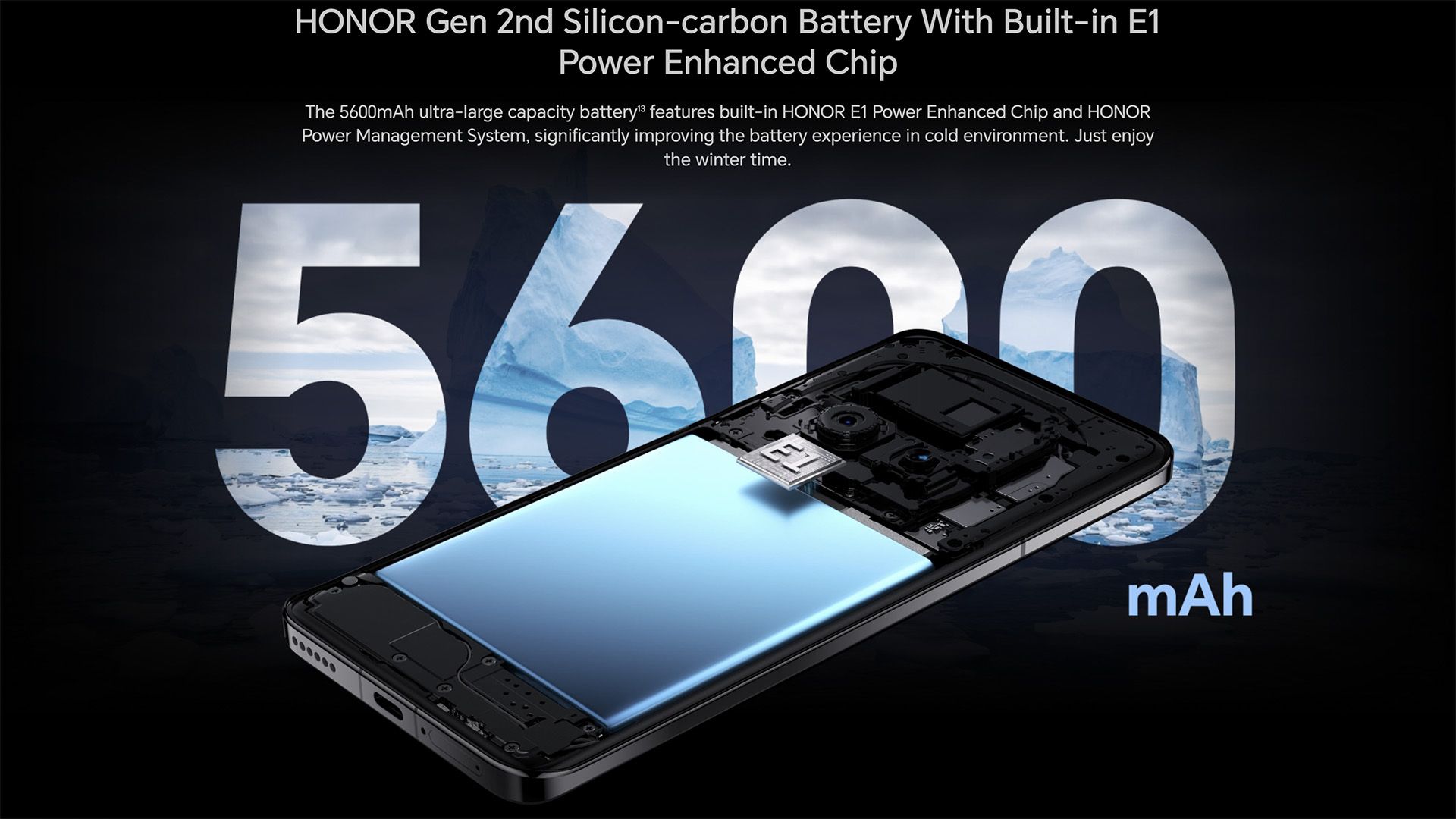Units of measurement can be confusing for something meant to make our lives easier. That is gradually becoming true for batteries and how we express their capacities. Traditionally, mAh (milliampere-hour) told us how much charge a battery can hold so that we could choose a phone with good battery life. However, with increasingly complex charging systems and new battery technologies gaining popularity, the unit is becoming less useful, giving way to the more relevant Wh (watt-hour) rating.
What’s the difference between the two? What makes Wh better than mAh? How do you convert from one to the other? Let’s explore.
What are mAh and Wh in batteries?
Two ways to tell how big a battery is
mAh and Wh express battery capacity. If a battery has a capacity of 5,000mAh, it can provide 5,000 milliamps of current for one hour before it runs out (5,000mA x 1h = 5,000mAh). Similarly, a 20Wh battery can sustain 20 watts of power for one hour before it is depleted (20W x 1h = 20Wh). Typically, one or both units are printed on the battery, as they are in the image above of an LG Nexus 5X.
The numbers give an idea of how long a battery will last, depending on how much work does. Doubling the current or power consumed halves the battery’s runtime and vice versa, Halving the consumption makes the battery last twice as long.
These numbers describe ideal-condition scenarios. For instance, battery life drops at low temperatures, and its internal resistance makes it impossible for a battery to supply 10,000 amps for one second. Also, the more power you draw from it, the less total energy the battery provides. This is why a battery may have two capacity figures – typical and rated/minimum – stated in its specs sheet.
What are the downsides of using mAh for battery capacity?
mAh works, except when it doesn’t
Source: Thomas Didgeman/Pixabay
Historically, ampere-hours and milliampere-hours (1Ah = 1,000mAh) have been the popular units for rechargeable batteries, such as the AAs you put in toys or the 12V lead-acid ones you find in a car. They’re also the units consumers are more familiar with. That is why the Save button in Word is still an image of a storage medium (a floppy disc) that’s been obsolete for decades.
However, the problem with using mAh to represent battery capacity is that it does not consider the battery’s voltage. This is why two batteries can have identical mAh ratings but store different amounts of energy. For example, a 2,000mAh, 12V battery can hold four times more energy compared to a 2000mAh, 3V battery. Both can provide 2,000mA of current for an hour, but the 12V one can do so at four times higher voltage and can do four times more work.
How mAh is making battery capacity confusing
Source: OnePlus
We use mAh for battery capacity because of tradition and technicalities, and because using mAh has mostly worked so far. You can use mAh to compare the capacity of the batteries if they have the same nominal voltage. That has been the case for a long time. Phones with lithium-ion batteries have used single cells of about 3.6 to 3.8 volts. Before their adoption, cellular phones typically had 3.6V battery packs consisting of three 1.2V NiMH or Ni-Cad batteries in series.
Today, more phones use two identical batteries in series to facilitate fast charging. The tricky part about wiring batteries in series is that it increases the voltage of the resulting pack, but the mAh rating stays the same. This is why the fine print on the OnePlus 12 specs page says “dual-cell 2,700mAh” battery. However, the marketing materials advertise a 5,400mAh one. This isn’t true, technically, but it’s the rating most people understand when shopping for a new phone.
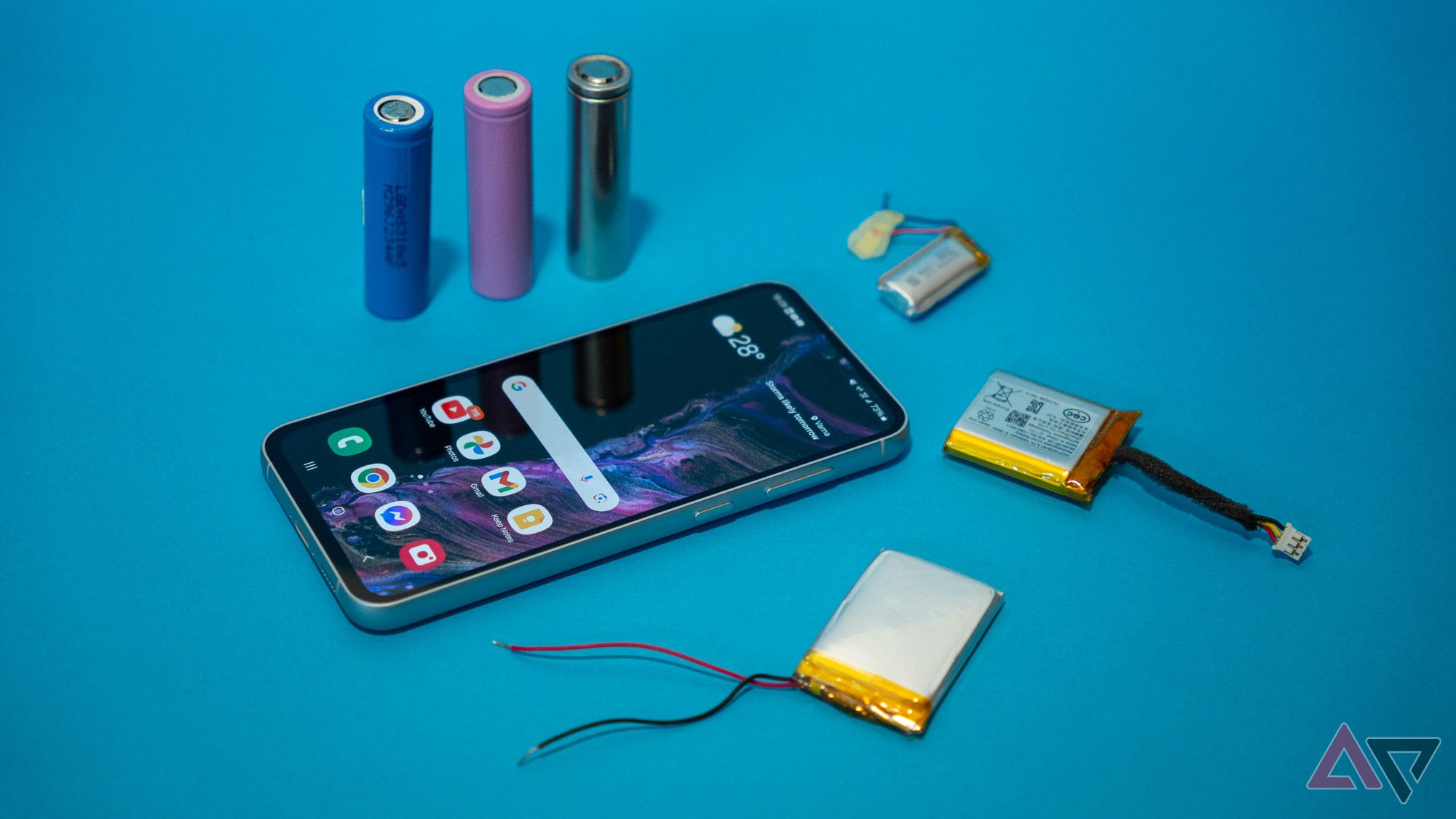
Related
3 battery technologies that could change smartphones as we know them (and 2 that surely won’t)
Safer, smaller, longer-lasting batteries could be in our phones in a few years
More confusion resulted from the first reports of the Apple Vision Pro’s battery capacity. Those reports stated 3,166mAh, which led some to believe that Apple’s headset had a smaller battery than an iPhone 15 Pro Max (4,441mAh). In reality, the battery pack for the Apple Vision Pro works at higher voltage and stores about twice as much energy as Apple’s top smartphone.
Using mAh may make batteries seem bigger than they are
Things get even wilder when we throw different battery chemistries into the mix. As a battery’s nominal voltage depends on its chemical composition, new and emerging battery types may have different voltages than the 3.6-3.8V typical for lithium-ion cells. For LiFePO4 batteries, which are optimal for long-term energy storage but less energy dense than traditional Li-ion, that’s around 3.2V.
What happens when a LiFePO4 power bank goes on the market? We end up with something like the Ugreen 48,000mAh power bank, which my colleague Brady Snyder recently reviewed (spoiler alert: he didn’t like it). Long story short, the seemingly impressive 48,000mAh rating may leave you with the impression that the bank holds more energy than it does.
Ugreen’s stated mAh rating is accurate. However, because of the battery cells’ lower voltage, the amount of energy they contain is equivalent to what a 41,000mAh power bank with traditional Li-ion chemistry can hold. That’s still a lot, but about 14% below what a consumer familiar with mAh might expect.
How is Wh better than mAh?
Batteries are evolving, and Wh is the better capacity unit
Source: Honor
The batteries powering mobile tech are becoming more complex, and soon, mAh won’t cut it anymore as a unit for battery capacity. It may lead to confusion. It makes it tricky to compare batteries, and marketers could leverage it to make a battery seem bigger than it is.
Popularizing the watt-hour for everyday tech may cause initial friction with consumers, but it will be worth it in the long run. Wh takes into account the battery’s voltage, which makes it a more practical unit for expressing battery capacity. You get a battery’s capacity in Wh by multiplying its Ah rating by its nominal voltage. For example, the Galaxy S24 Ultra’s 5,000mAh (5Ah), 3.88V battery has a capacity of 19.4Wh (5Ah x 3.88V = 19.4Wh).
Using Wh instead of mAh means you can compare the capacity of two batteries regardless of their nominal voltage, the type of chemistry, or how the battery cells are wired up. This makes comparisons easier between device types. You can use Wh to compare the capacities of any two batteries, whether they’re in a phone, a laptop, a power bank, or a car.
Watt-hours can’t come soon enough
Given the downsides of mAh and the advantages of Wh, it’s no surprise that other tech categories have been using the latter for some time. It makes more sense for laptops, which have battery packs comprised of multiple series/parallel cells. The capacity of electric cars is also measured in kWh (1kWh = 1,000Wh). It’s becoming common for power banks to show both mAh and Wh on their spec sheets.
So what’s taking phones so long? Whatever the reason, it’s a matter of time until Wh takes over. It’s the more practical unit for consumer tech, and its adoption can’t come soon enough.
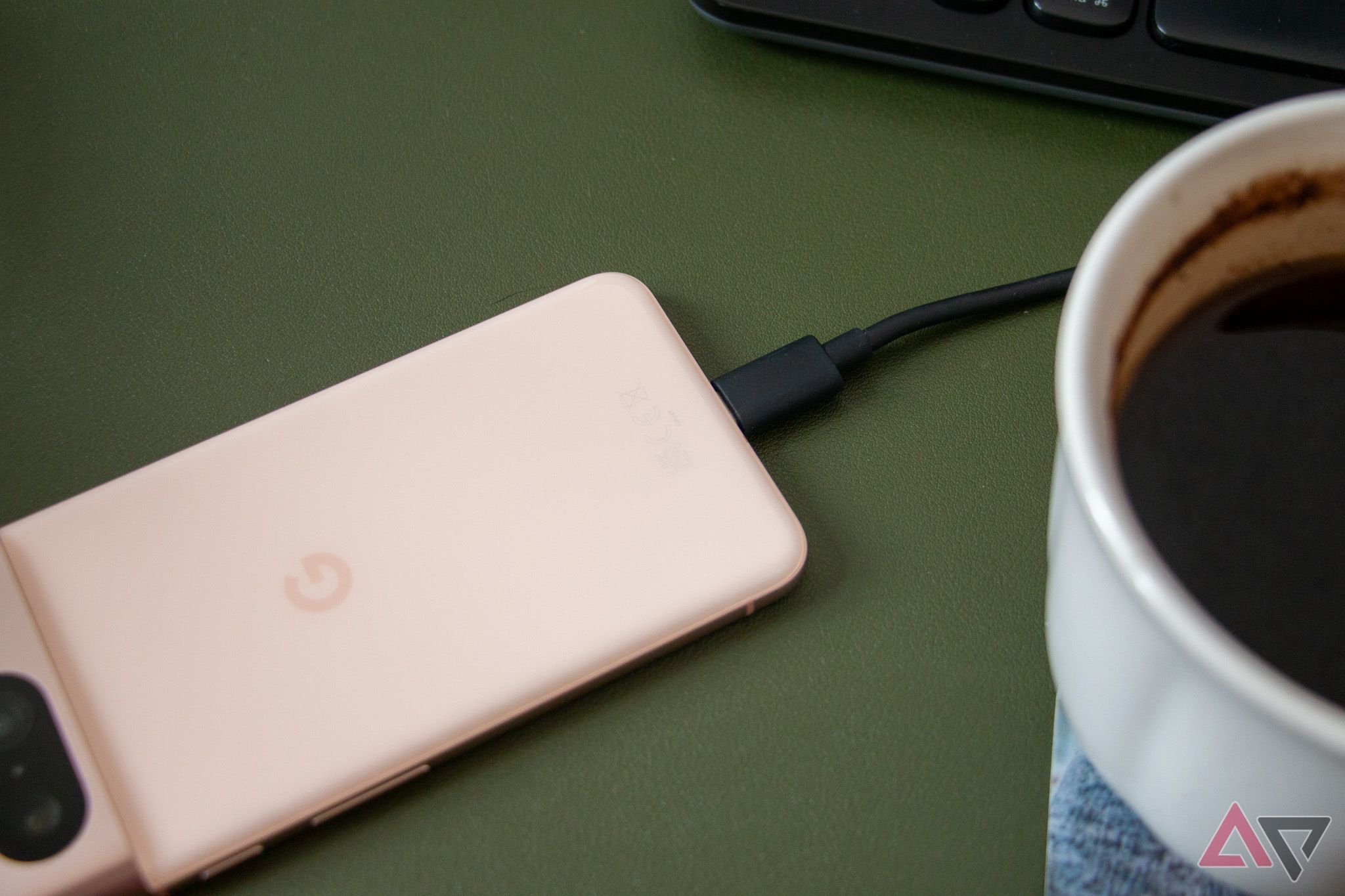
Related
How to accurately measure your smartphone’s charging speed
Demystifying smartphone charging once and for all
Source link

